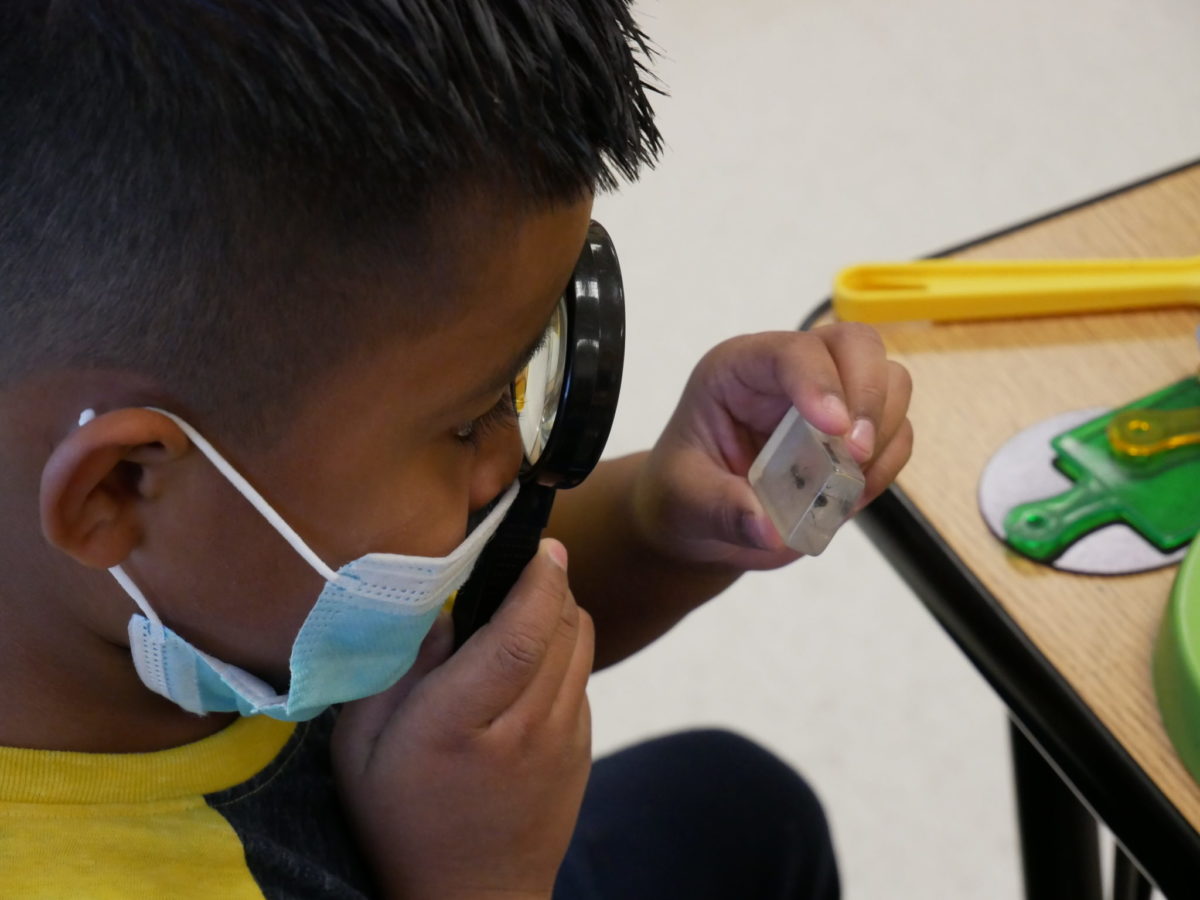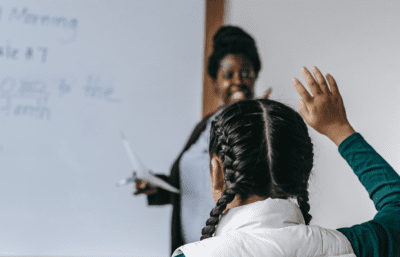
While it is well-documented that the pandemic caused large declines in student test scores, recent research by our team at the Education Policy Initiative at Carolina (EPIC) shows that impacts on education outcomes extended far beyond End-of-Grade and End-of-Course exams.
In the 2020-21 school year — the first full year affected by the pandemic — chronic absenteeism and course failure rates dramatically worsened in North Carolina. As some students were much more severely impacted by the pandemic than others, these outcomes also became more unequal.
These results highlight that academic recovery efforts must re-engage and re-motivate students in school in addition to recovering learning losses. Further, while some students may bounce back quickly, many of those who were deeply impacted by the pandemic may not. As a result, even as education outcomes begin to show signs of recovery, we will need to continue to target and maintain new support structures to ensure that a full recovery reaches all students.
Key outcomes were worse for some, better for others
Almost one in four students — 23% — were chronically absent in 2020-21, up from just 10 to 12% pre-pandemic. Students who are chronically absent miss at least 10% of school days, or more than 18 days, significantly limiting their ability to keep up with schoolwork.
However, absenteeism did not increase equally among all students. In fact, while more students were chronically absent, there were also more students that had high attendance, missing only five or fewer days.
Several factors could have contributed to students attending school at higher rates than usual. Students may have been able to attend school remotely on days that they had a cold and otherwise would have stayed home. And some families may have skipped vacations that would have required them to pull their child out of school for a few days.
But there were also far more barriers to attending school than usual. Some students caught or were exposed to COVID-19 and had to rest and quarantine for several days at a time. Others had consistent difficulty connecting to the Internet to engage in remote schooling. Depending on the balance of these factors, some students may have been able to attend school even more than usual, while others had to miss an unusually high number of days.
We found a similar pattern with students’ course grades. About 23% of high schoolers earned an A average GPA in 2020-21 — 3% more than usual. But the percentage with a D or F GPA doubled from 14 to 28%. Many low GPAs came from students who had previously been doing very well in school — nearly one in six students who had an A or B average prior to the pandemic dropped to a D or F in 2020-21.
Similar to absences, some students were likely able to stay highly engaged with their classes, had more time to study, and benefitted from a slower instructional pace, helping them maintain their GPAs during a difficult school year. Others struggled to engage online, experienced severe physical or mental health conditions, or dealt with financial hardships or the loss of a caregiver in their family, straining their ability to focus on their education.
Inequality between student subgroups widened
All student groups we examined had more absences and lower GPAs in 2020-21 than pre-pandemic, on average. However, negative effects were usually larger for Black, Hispanic, and economically disadvantaged students as well as students who were already struggling academically.
For example, racial/ethnic gaps in attendance widened considerably. Prior to the pandemic, about 12% of white students, 14% of Hispanic students, and 17% of Black students were chronically absent. In 2020-21, the rate for white students increased modestly to 15%. But the rate doubled to 30% for Hispanic students and 33% for Black students.
Gaps in GPAs did not widen as much as absences, but did increase in many cases. For example, average GPAs dropped by 0.6 points for Hispanic students, 0.4 points for Black students, and 0.4 points for white students. But 22% of Black and Hispanic students with an A or B average pre-pandemic dropped to a D or F average over the course of the pandemic, compared to just 11% of white students.
These differences likely reflect unequal impacts of the pandemic on students’ learning and home environments. These include differences in rates of exposure to COVID-19, access to high-speed Internet, and challenges around family access to child care, work, and health care.
Will unequal impacts mean an unequal recovery?
These results are a reminder that students were affected by the pandemic in many ways beyond test scores. Schools are now working not only to recover student learning, but also to re-engage and re-motivate students, many of whom also experienced significant home life disruptions.
The results also highlight that there was not a singular impact of the pandemic, but that effects depended on individual circumstances. Social inequality in core outcomes generally widened, with Black, Hispanic, and economically disadvantaged student groups experiencing more negative impacts than their peers on average. At the same time, all subgroups — and individual students within all subgroups — experienced major setbacks.
Academic recovery could also proceed unevenly without continued targeting of supports to meet the unique needs of individual students. Moving forward, as average outcomes begin to bounce back, we must remain aware of the fact that some students were severely impacted by the pandemic — both at home and in school — and will continue to need substantial investments of time, resources, and caring supports to experience a full recovery.






